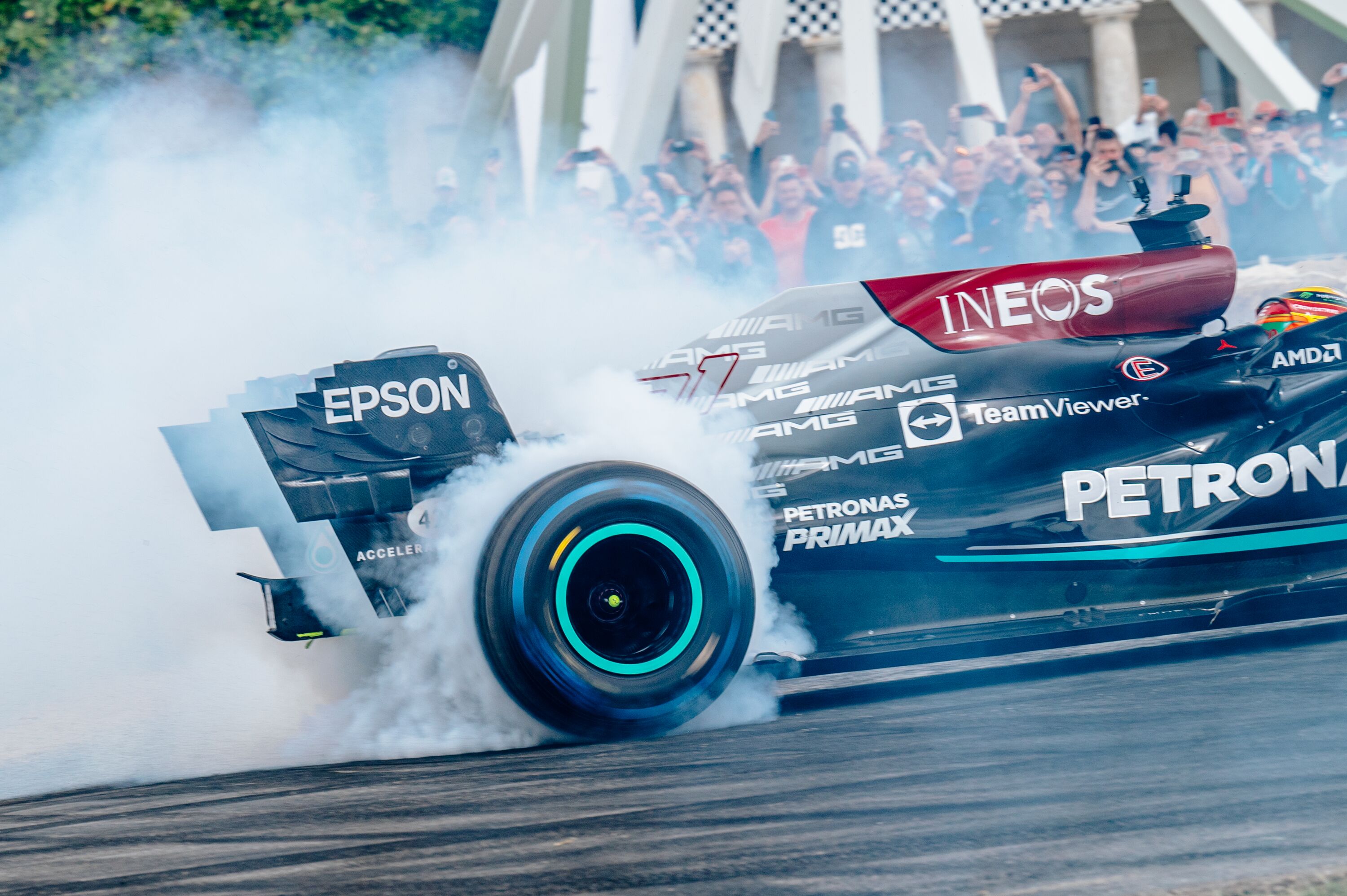First Drive: Aston Martin DB11 V8
 Erin Baker
Erin Baker
“It was about getting fit – taking a cottage industry and turning it into a global enterprise”, says Andy Palmer, CEO of Aston Martin, about his takeover at Aston. We're talking at the launch of the DB11 V8 in the hilly countryside north of Barcelona.

His plans are working: last year Aston made £92m. The process of refinancing the company has now finished –when Palmer joined, Aston had a £550m debt and was paying 10 per cent interest on it – now they’re paying six per cent.
Cars, happily, are back on the schedule – the new DB11 is being followed by the new Vantage and Vanquish, with derivatives.
The DB11 V8 is the second car of the next seven models planned. The final phase of the schedule is portfolio expansion for the firm – the site for the DBX SUV is being prepped in Wales, and the car will be launched in 2019 with three cars to follow that – a mid-engined sportscar and two Lagondas. It’s fair to say, Andy Palmer has a plan, and he’s taking no prisoners in its execution.
That’s the future: look to the past and you’ll find a glorious association between Aston and the V8 engine, which began in 1969 with a V8 in the DBS. That engine provided the soul of Astons; the straight sixes continued, but here was a bigger powerhouse for trans-continental grand touring.
It makes sense, then, that the DB11, Aston’s most important GT to date, should get the option of a 4.0-litre V8 engine alongside the 5.2-litre V12 that was under the bonnet at launch. Now there’s a sporty, punchy, eager puppy bouncing alongside that elegant, sparkling V12. The engine comes courtesy, for the first time, of Mercedes’ AMG division, but Aston is keen to point out that they have breathed on it, tweaked it, tuned it and caressed it into being a unique Aston product. They “don’t want it to sound like an AMG”, for a start, so have taken away much of the low-end frequency noise by giving it its own exhaust system, and added “a nice over-run valve on lift-off in Sport Plus mode”. It’s got a new sump and air intake to allow it to sit lower in the car, too.
Design changes for the V8 version are more than you would imagine, partly because Marek Reichman, design boss, and Matt Becker, chief engineer, took the 18-month gap between V12 and V8 to address some of the customer criticisms of the V12, as well as distinguishing the V8. For a start, there is now a very smart “Aston Martin” script on the boot lid, because, despite the emblem, many onlookers apparently didn’t know what they were looking at. Customers also complained that the only means of opening the boot was from inside the car, so you can now kick your foot underneath the boot and a sensor releases the catch (although it didn’t work on our car the first five times of trying).
Reichman has also thankfully calmed down the interior which, in the V12 version, could be a riot of different materials, textures and colours. Although you can still choose garish, contrasting tones and vivid stitching, everything is a little more blended – there is, in Palmer’s words, “a harmony of internal materials” – dark anodised aluminium surrounds the vents and handles, and the materials that were causing an annoying windscreen reflection have also gone.
From the outside, you can tell a DB11 is the V8 version by the blackened headlights and smoked lenses at the front and rear, plus there are no central vents in the bonnet, because the turbos are situated in the centre of the engine’s V, so you need air being forced in, not let out.
Handling and driving changes include a front end on a diet (it’s 115kg lighter overall), so nearer the Holy Grail of 50:50 weight distribution, less brake travel, stiffer sub-frame bushes at the rear, rebalanced dampers for more vertical rear support, more weight added to the steering effort and reduced travel on the steering-wheel transmission paddles. A sharper, tighter, more aggressive, more poised character, in other words.
It’s worked, and I can tell you that for one very visceral reason: I managed to make myself feel very sick driving it around Spain’s twisting mountain roads, unlike when I drove the V12. Quite a feat.
All the major responses from the chassis and powertrain are sharper and more immediate. That low-end boom they talked about eliminating still seems in evidence to me and can set up a rather headache-inducing reverberation round the cabin which you really don’t want in a GT on long-distance trips, but that’s probably a matter of personal taste; one man’s boom is another man’s sexy engine note etc.
This car feels far more en pointe than the V12 and those design changes make a difference that’s bigger than the sum of their parts.
So, V12 or V8? Tricky – you look at the V8, and all that smoky aggression, and feel like it’s the more serious sportscar for those who appreciate high-performance handling; it’s lighter and more balanced. But then you turn back to the glistening chrome work of the V12, which exudes status and subtle grace, and you’re torn. Eventually, and only because the V8 made me feel sick, I’d go V12. Tough choice, though; proper first-world problem.
The Numbers
Engine: 3,982cc twin-turbo petrol
Transmission: 8-spd auto
bhp/lb ft: 503bhp/513lb ft
0-62mph: 4.0sec
Top speed: 187mph
Price as tested: £144,900
Photography courtesy of Max Earey & Dean Smith
Aston Martin
DB11
DB11 V8














